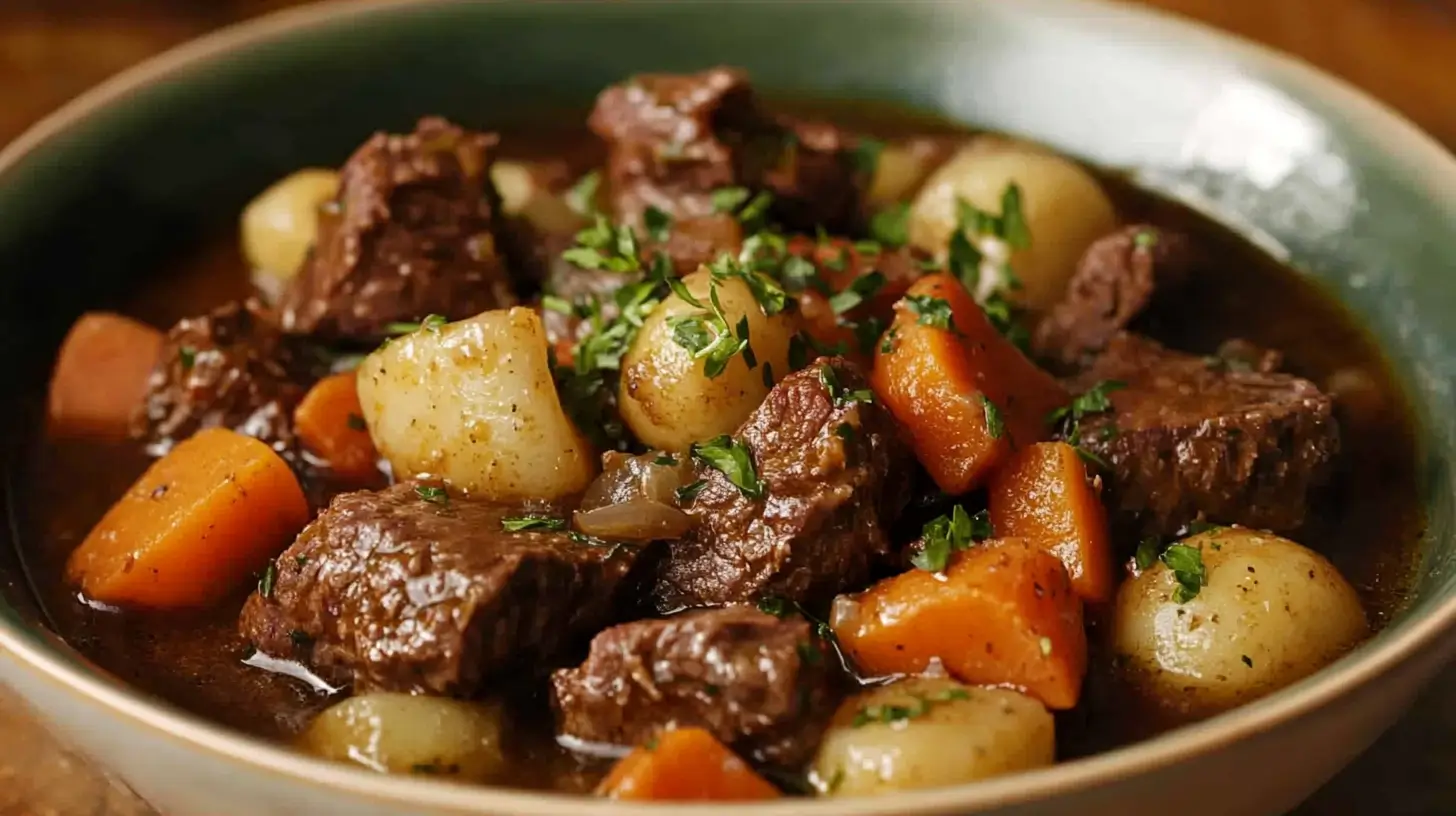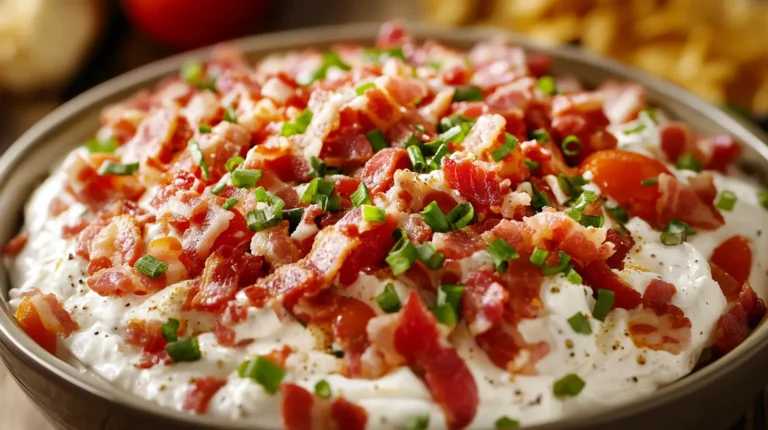Irish Beef Stew: 6 Easy Steps To Cook This Timeless Irish Dish
Irish Beef Stew is more than just a dish—it’s a symbol of Ireland’s rich culinary heritage. This hearty stew, brimming with tender beef, root vegetables, and a flavorful broth, has warmed the hearts and homes of generations. Whether you’re craving comfort food for a cold winter night or want to explore traditional Irish recipes, this guide will walk you through everything you need to know about Irish Beef Stew. From its history to step-by-step instructions, let’s dive into the world of this iconic dish.
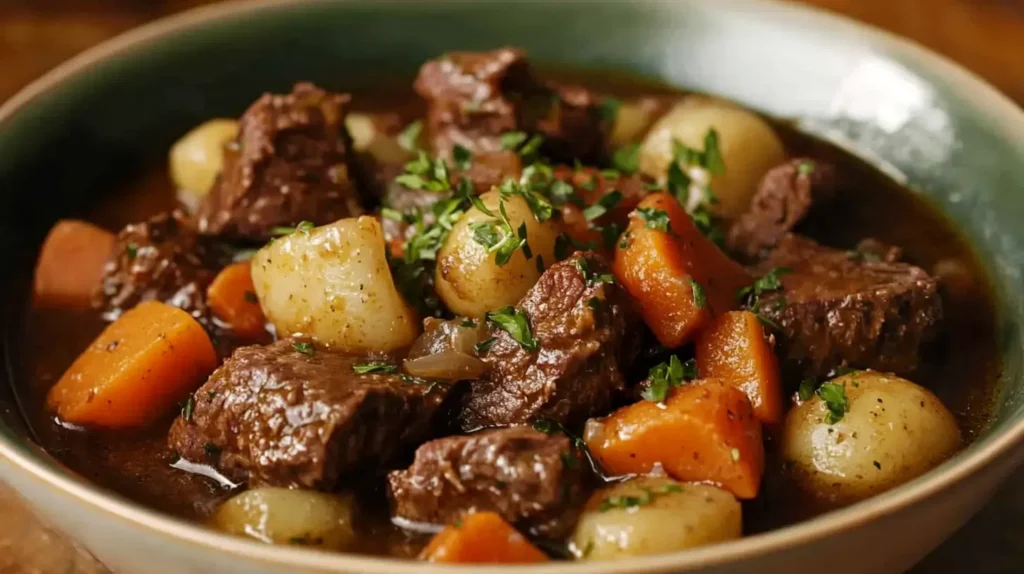
Table of Contents
The History and Cultural Significance of Irish Beef Stew
The origins of Irish Beef Stew can be traced back to rural Ireland, where it was a staple for farmers and working-class families. In a time when resources were limited, this dish was a practical way to use inexpensive cuts of meat and locally grown vegetables like potatoes, carrots, and onions. Over time, it evolved from a simple peasant food to a beloved dish served at family gatherings and celebrations.
Irish Beef Stew is deeply rooted in Ireland’s agricultural history. Potatoes, a key ingredient, became a dietary staple in Ireland during the 18th and 19th centuries. Today, Irish Beef Stew is not just a meal but a cultural icon. It represents the resilience and resourcefulness of the Irish people, making it a must-try for anyone exploring Irish cultural dishes.
Key Ingredients
The magic of Irish Beef Stew lies in its simple yet flavorful ingredients. Here’s what you’ll need to make this hearty stew:
- Beef: The best cuts for stewing are chuck roast or stewing beef. These cuts have enough fat and connective tissue to become tender when slow-cooked.
- Vegetables: Potatoes, carrots, onions, and celery form the backbone of the stew. These root vegetables add sweetness and texture.
- Broth: A rich beef broth is essential for depth of flavor. Some recipes use Guinness for a malty, robust twist.
- Herbs and Spices: Fresh thyme, bay leaves, and parsley enhance the stew’s aroma and taste.
Why Irish Beef Stew is Perfect for Cold Weather
There’s nothing quite like a bowl of Irish Beef Stew on a chilly day. Here’s why it’s the ultimate winter stew:
- Warming and Filling: The combination of tender beef and hearty vegetables makes it a satisfying meal.
- Nutritious: Packed with protein, vitamins, and minerals, it’s a wholesome dish for the whole family.
- Comfort Food Appeal: Its rich flavors and aromas evoke a sense of warmth and nostalgia.
Step-by-Step Recipe
Follow this easy recipe to create your own Irish Beef Stew at home:
Ingredients
- 2 lbs stewing beef, cut into chunks
- 4 cups beef broth
- 4 large potatoes, peeled and diced
- 3 carrots, sliced
- 1 onion, chopped
- 2 celery stalks, chopped
- 2 tbsp olive oil
- 2 tbsp flour
- 2 sprigs fresh thyme
- 2 bay leaves
- Salt and pepper to taste
Instructions
- Prepare the Beef: Season the beef with salt and pepper, then coat it lightly in flour.
- Sear the Beef: Heat olive oil in a large pot and brown the beef on all sides. Remove and set aside.
- Sauté the Vegetables: In the same pot, sauté onions, carrots, and celery until softened.
- Combine Ingredients: Return the beef to the pot. Add potatoes, thyme, bay leaves, and beef broth.
- Simmer: Bring to a boil, then reduce heat and simmer for 2-3 hours until the beef is tender.
- Serve: Garnish with fresh parsley and serve with crusty bread or Irish soda bread.
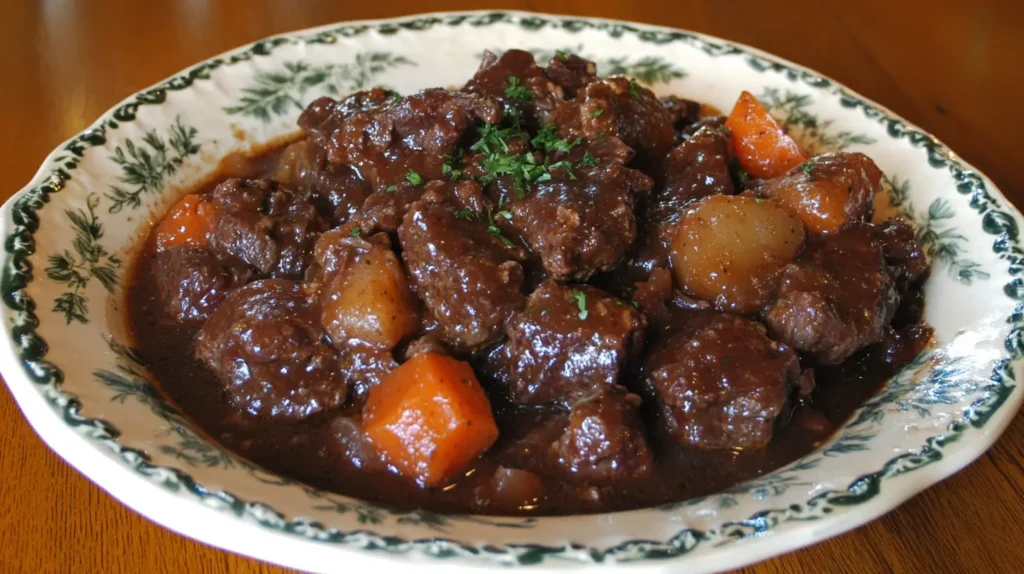
Tips for Making the Perfect Irish Beef Stew
- Use a Heavy-Bottomed Pot: This ensures even heat distribution and prevents burning.
- Brown the Beef Properly: Searing the beef locks in flavor and creates a rich base for the stew.
- Simmer on Low Heat: Slow cooking tenderizes the meat and melds the flavors together.
- Adjust Seasoning: Taste before serving and add salt or pepper if needed.
- Let It Rest: Allow the stew to sit for 30 minutes before serving to enhance the flavors.
Variations
While the traditional recipe is timeless, there are plenty of ways to put your own spin on Irish Beef Stew:
- Guinness Beef Stew: Add a bottle of Guinness for a rich, malty flavor.
- Lamb Stew: Substitute beef with lamb for a more traditional Irish twist.
- Vegetarian Stew: Use mushrooms or lentils instead of beef for a meat-free version.
- Modern Twists: Experiment with wine, barley, or different herbs for a unique flavor profile.
Pairing Irish Beef Stew with Sides and Drinks
- Sides: Serve with Irish soda bread, mashed potatoes, or colcannon.
- Drinks: Pair with a pint of Guinness, a glass of red wine, or a shot of Irish whiskey.
- Desserts: End the meal with apple crumble or bread pudding.
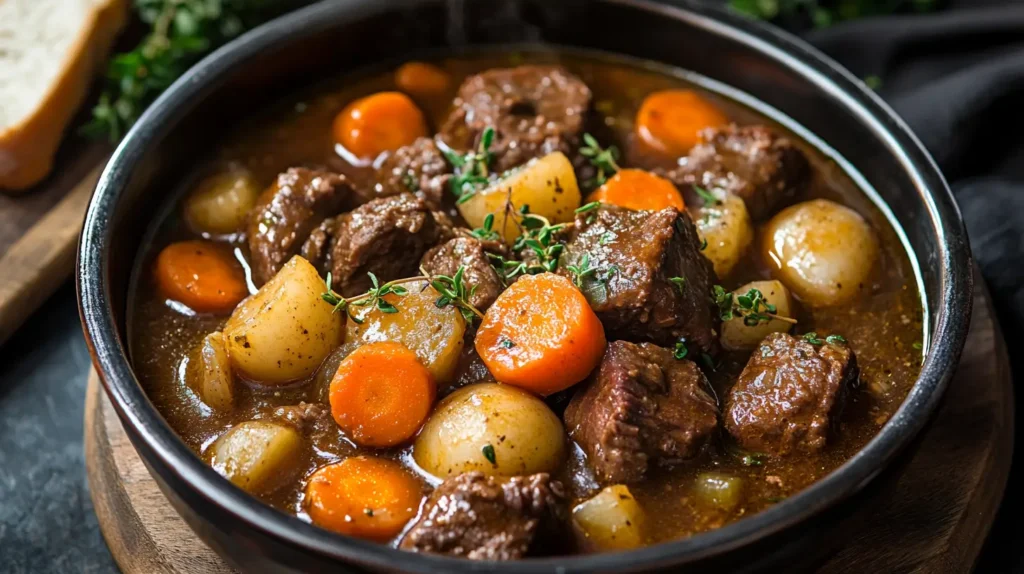
FAQs
- What cut of beef is best for Irish Beef Stew?
- Chuck roast or stewing beef are ideal because they become tender when slow-cooked.
- Can I make Irish Beef Stew in a slow cooker?
- Yes, it’s perfect for slow cooking. Just follow the same steps and cook on low for 6-8 hours.
- What’s the difference between Irish Beef Stew and American beef stew?
- Irish Beef Stew is simpler, with fewer ingredients and a focus on potatoes.
- Can I freeze Irish Beef Stew?
- Absolutely! It freezes well for up to 3 months.
- Is Guinness necessary for Irish Beef Stew?
- No, but it adds depth and richness to the flavor.
Conclusion
Irish Beef Stew is more than just a meal—it’s a celebration of Ireland’s culinary traditions. With its tender beef, hearty vegetables, and rich broth, it’s the ultimate comfort food for any occasion. Whether you stick to the classic recipe or try a modern variation, this dish is sure to warm your heart and soul. So grab your pot, gather your ingredients, and start cooking your own taste of Ireland today!
For more creative ideas, check out this French Silk Pie Recipe.
There are no reviews yet. Be the first one to write one.

